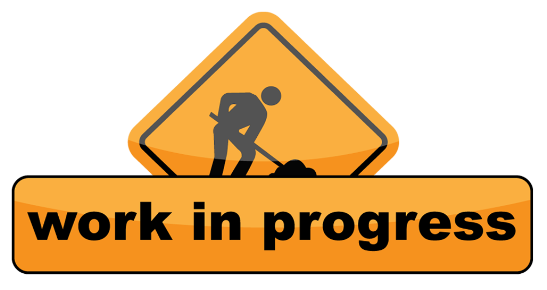
Beyond providing basic information about your control expectations, risk assessment and control activities, the board and management team must ensure that a continual iterative process is in place to provide, share and obtain necessary information.įor accreditation, the “information and communication” aspect of internal controls is addressed, in part, with the requirements for board oversight of the land trust’s finances (see practice elements 3A2a-d), the board’s governance practices, and the land trust’s response to any significant concerns identified through the annual financial audit, review or compilation. Your staff, volunteers and others who are expected to perform control activities and comply with fiscal policies and procedures must have good information in order to carry out internal control responsibilities. (Many land trusts already have policies and procedures that address these risks and these existing documents can be provided with the accreditation application some organizations many need to formalize written internal controls that address these risks.) 4. Control ActivitiesĬontrol activities include the development and implementation of written policies and procedures that are designed to prevent error or irregularity from occurring and ensure rapid detection and correction for any errors or irregularities that do occur, despite the land trust’s best effort to prevent them from occurring.įor accreditation, the “control activities” aspect of internal controls is addressed with requirements for written internal controls or accounting procedures that address the risks of misuse, loss or misstatement of funds – such as those risks identified in the risk-assessment questions. The answers given to the auditor, however, can be useful in answering the accreditation questions.) 3.

(A land trust may have responded to similar questions for its auditor the auditor uses the information to determine whether the financial statements fairly represent the land trust’s financial position not to evaluate internal controls. Based on that assessment, you will be able to develop control activities.įor accreditation, the “risk assessment” aspect of internal controls is addressed with short risk-assessment questions completed by someone familiar with the land trust’s financial and accounting practices. Your land trust’s assessment of its risks should focus on both the significance of each risk (what damage would be done if controls failed and errors or irregularities occurred) and the likelihood that such a control failure will occur.

Risk AssessmentĮvery land trust faces a variety of risks from external and internal sources. In a nonprofit organization, the board must express and demonstrate absolute commitment to integrity and compliance with controls.įor accreditation, the “control environment” aspect of internal controls is addressed, in part, with requirements for adopting Land Trust Standards and Practices (which are the ethical and technical and guidelines for the responsible operation of a land trust) and carefully managing conflicts of interest (see practice elements 4A1 and 4A2). The starting point for effective controls lies with establishing clear expectations for integrity and accountability at the top. The COSO Framework emphasizes five key elements for internal controls, with the understanding that all five elements must be addressed to establish and maintain effective controls. In the United States, the most common framework for establishing and evaluating internal controls is the COSO Framework, which is a comprehensive framework for thinking through the controls that both nonprofits and business entities need to put in place to manage significant risks. Internal controls are a system of checks and balances designed to safeguard the assets of the organization and to help ensure that resources are directed to appropriate and authorized purposes. Įstablish written internal controls and accounting procedures, including segregation of duties, in a form appropriate for the scale of the land trust, to prevent the misuse or loss of funds The questions and other application information are part of how the Commission verifies a land trust meets indicator element 6D1 in the 2017 Standards. In the Finance section, the accreditation application includes questions about a land trust’s internal controls and financial procedures.

Ongoing: When the Commission Needs to Hear from You.During Your Accredited Term: Understanding & Addressing Expectations for Improvement.



 0 kommentar(er)
0 kommentar(er)
